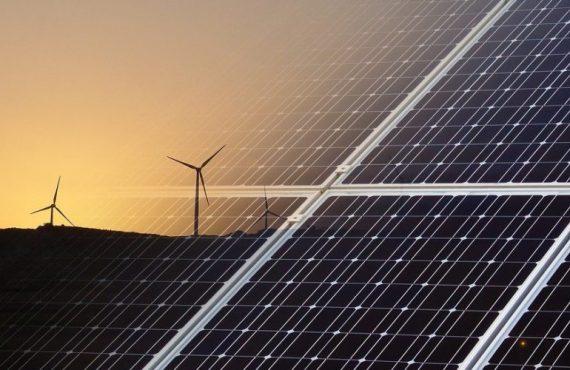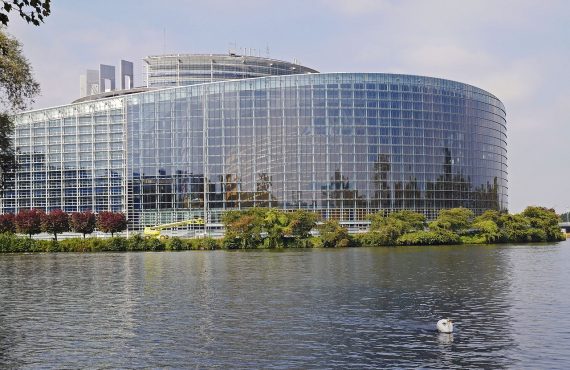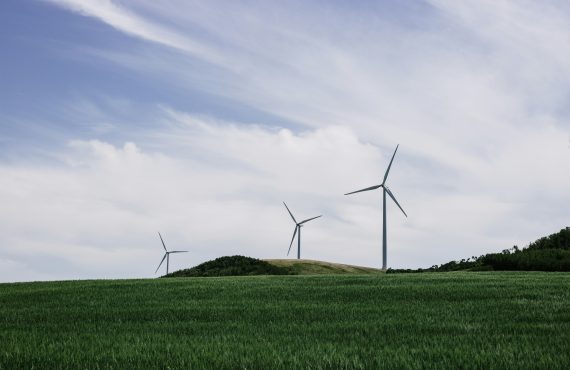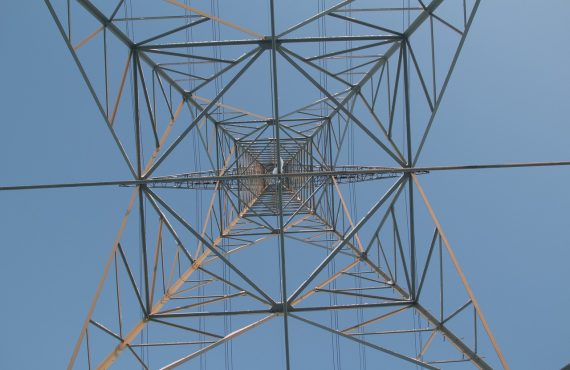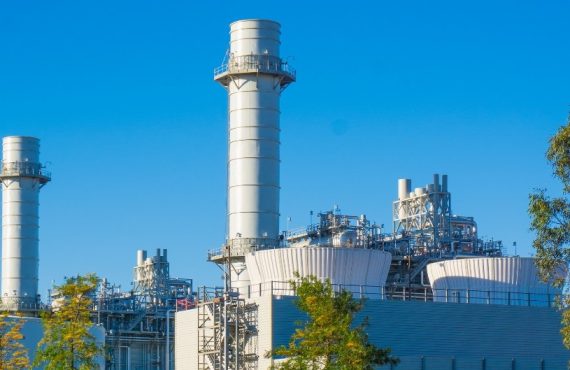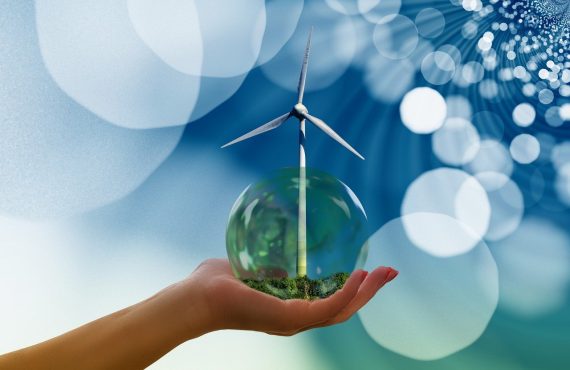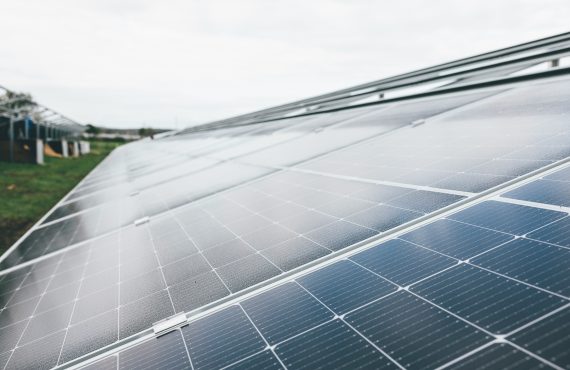Russian gas imports in Greece increased sixfold in the first half of 2024 compared to the same period in 2023, while LNG imports from Agia Triada were halved. Total gas consumption (30.78 TWh) appeared to have increased by 29.8%. Greece ranked last in the EU-27 in the first two months of the voluntary gas reduction period, increasing its gas use by 15.5%.
The month of June
According to the latest available data from DESFA, in June 2024, total domestic gas consumption exceeded 5 TWh (5.4 TWh). It was the second highest in six years (2019-2024) for the month of June, after 2021 (5.85 TWh).
The largest increase in absolute terms compared to the same month last year came from electricity (+1.1 TWh or +34%). Industry followed with a small increase (+0.04 TWh or +8.4%). In contrast, gas use in networks decreased slightly by 8 GWh (-1.5%).
Cumulative performance in the first six months of 2024
Cumulatively, gas consumption for the first six months of 2024 was 30.78 TWh, marking an increase compared to the five-year average by 1.73 TWh (+6%). The increase was even larger compared to the first six months of 2023 (+7.1 TWh or +29.8%).
As far as end-uses are concerned, the largest increase compared to the five-year average was recorded in industry (+33% or +1.14 TWh), followed by electricity (+8% ή +1.45 TWh). In contrast, there was a decrease in networks (-11.8% or -0.86 TWh).
Similarly, when comparing the first six months of 2024 with the same period in 2023, the largest percentage increase was in industry (+141.7% or +2.7 TWh), followed by electricity (+30.9% or +4.65 TWh). In contrast, there was a decrease in distribution networks (-4.3% or -0.3 TWh).
Consumption in 2024
Gas consumption in June 2024 (5.4 TWh) was the second highest of the year, after January (6.04 TWh), marking a 26.5% increase compared to June 2023 (+1.13 TWh).
Looking at the breakdown of gas consumption by end-use in the first six months of 2024, electricity had the largest share with 19.7 TWh (or 64%), almost equal to the first six months of 2023 (63.4%).
The share of distribution networks decreased from 28.5% (or 6.77 TWh) in the first six months of 2023 to 21% (or 5.48 TWh). This redistribution was the result of a large increase in the share of industry, which rose by almost 7 percentage points – from 8.1% (or 1.9 TWh) in the first six months of 2023 to 15% (or 4.61 TWh) in the same period of 2024.
The voluntary European target of -15%
In March 2024, the European Union issued a recommendation for Member States to continue to strive for gas consumption reduction by 15% for the period April 2024 to March 2025, compared to the reference period from 1 April 2017 to 31 March 2022. This recommendation follows the mandatory directive in August 2022 to reduce gas consumption by 15% in the eight-month period of August 2022-March 2023 compared to a baseline period, as well as the decision in March 2023 to voluntarily reduce consumption between April 2023 and March 2024.
Therefore, considering Greece’s performance so far, it appears that for the first three months of the new period, that is April-June 2024, the country did not decrease its gas consumption compared to the reference period, but instead increased it. In particular, consumption (14.57 TWh) was 4.25 TWh higher than the target (10.33 TWh), while it exceeded the average of the reference period (12.15 TWh) by 2.42 TWh.
Comparison with the European Union for the voluntary European target of -15%
Based on the latest available Eurostat data[1] on monthly gas consumption in the EU-27 Member States (May 2024), for the first two months of the new voluntary reduction period (April-May 2024), Greece increased its consumption by 15.5% compared to the reference period[2] of the voluntary reduction target. This performance places Greece last compared to the rest of the EU; it is actually one of the three countries that have increased their gas consumption. The other two countries are Slovenia (+5.2%) and Italy (+1.7%). EU-27 came 17th (-17.3%) in the ranking, meeting its voluntary gas consumption reduction target (-15%).
This is an alarming deterioration of the national performance compared to that of the mandatory target ― imposed by the EU at the peak of the energy crisis ― to reduce fossil gas consumption by at least 15% in the eight-month period August 2022-March 2023 compared to the average of the previous five-year period. Specifically, Greece had achieved a 21.9% reduction and was in 10th place, surpassing both the European average (16th place) and countries such as Germany, Austria or Italy.
Imports in 2024
Gas imports from Russia via the Turkstream pipeline through the Sidirokastro gate (2.97 TWh) were three times higher in June 2024 than in June 2023, resulting in a monthly share of imports from Turkstream of over 50% (54.8%). In addition, they were the highest imports of at least the last seven years for the month of June. However, they appeared 5.2% lower than the previous month, that is May 2024, which recorded the highest monthly imports in 2024 (3.13 TWh).
The monthly flow of LNG from the Agia Triada gate in June 2024 (1.35 TWh) was less than double compared to the same month in 2023 (2.71 TWh). However, it increased compared to the previous month (May 2024), landing in second place again with a 24.9% share of total imports.
Since the end of February, LNG imports have also been carried out from the new FSRU station in Alexandroupoli, which has not yet become commercially operational. Based on the data published so far, 0.28 TWh have been imported from this gateway[3].
Gas from TAP via New Mesimvria was third in June with a share of 20.4% (1.1 TWh), recording an 83% increase compared to May 2023. Imports from the fourth gateway to Turkey, the Gardens, were zero for the sixth consecutive month, ie. is since the beginning of the year.
Imports through the Sidirokastro gate are now consistently the first source of supply in Greece with 15.46 TWh and a share of over 50% (50.2%). The corresponding share in the first half of 2023 was only 9.6%. LNG imports via the Agia Triada gateway second place with 9.2 TWh and a share of 30%, marking a large decrease (-50.8%) compared to the first half of 2023. Azeri gas imports through TAP remained in third place with 5.83 TWh and a share of 18.9%, up 31.6% compared to the first half of 2023.
Finally, there were zero gas exports through the Sidirokastro gate for the 10th consecutive month (since September 2023).
Russian gas imports to Greece
As far as fossil gas from Russia is concerned, there are two entry points: one from Sidirokastro through the Turkstream pipeline and a second one in the form of liquefied fossil gas (LNG) from the Agia Triada gateway.
The energy crisis, intensified by the war in Ukraine, resulted in a significant reduction in Russian gas imports from Turkstream as early as April 2022. This was reflected in the 86.2% reduction of Russian gas from this pipeline during the period of the mandatory reduction target (August 2022-March 2023) compared to the same period of the previous year.
Russian gas in the form of LNG was first imported to Greece in October 2022, a few months after Russia’s war in Ukraine began. Until mid-2023, the first source of imports into the country was LNG (excluding Russian LNG) from the Agia Triada gate.
June 2023 was the first month when Russian gas (from pipeline and LNG) became the first source of imports with a 46% share, followed by LNG from all other countries except Russia (37% share). In fact, this continued for all other months of 2023 until May 2024[4]. Specifically, in the first five months of 2024, Russian gas exceeded 50% of the country’s total gas imports (at least 56.8%[5]). This high share is mainly due to the imports of Russian gas through pipeline, as Russian LNG imports were reduced in the first two months of 2024 and dropped to zero in March and April.
It is noteworthy that in the twelve-month period of June 2023 – June 2024, total Russian gas imports were at least 36.83 TWh, which is 61.7% more than the corresponding period before the Russian invasion of Ukraine (22.78 TWh between June 2021 and June 2022). It can therefore be noted that Russian gas imports not only increased, but also exceeded pre-energy crisis levels. An important role in this was played by the increase in Russian LNG imports until February 2024, while from March and onwards Russian LNG imports appear to be zero[6]. On the other hand, Russian gas imports through the Turkstream pipeline (Sidirokastro gateway) hold the largest share of Russian gas imports overall, while showing a significant increase, especially in the last six months, when Russian gas from the pipeline takes the lead in terms of share of total imports.
Read here the analyses of the previous months since the start of the EU reduction measures in August 2022.
[1] Some of the Eurostat data, especially for the last few months, are provisional and will be finalized in the coming months. Cyprus has not been included in the comparison as it has zero gas consumption.
[2] This period is the average of the April-May intervals from 2017 to 2022.
[3] LNG imports from the entry gate at Amfitriti, where the Alexandroupolis FSRU is located, do not appear every month in DESFA’s monthly reports.
[4] For June there is no data in Eurostat for Russian LNG.
[5] Actual imports are likely higher, as they do not include potential imports of Russian LNG in May 2024.
[6] At least until May when there is data.






